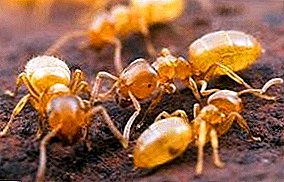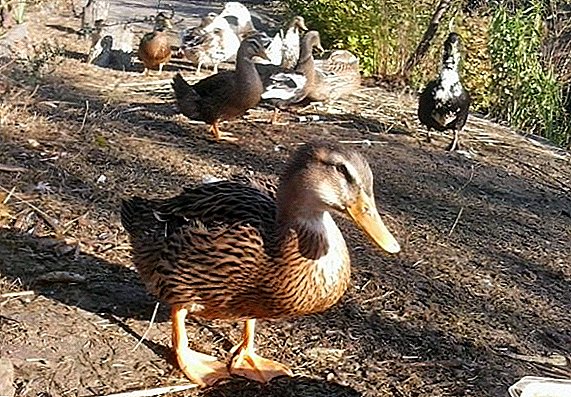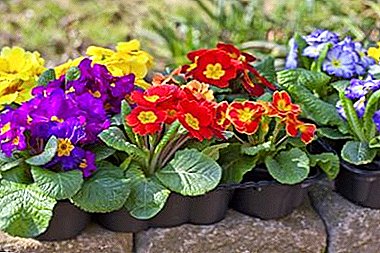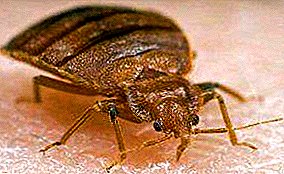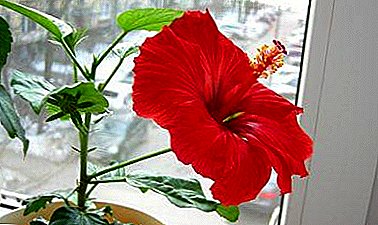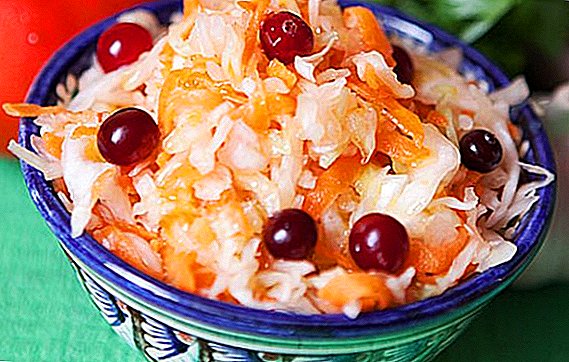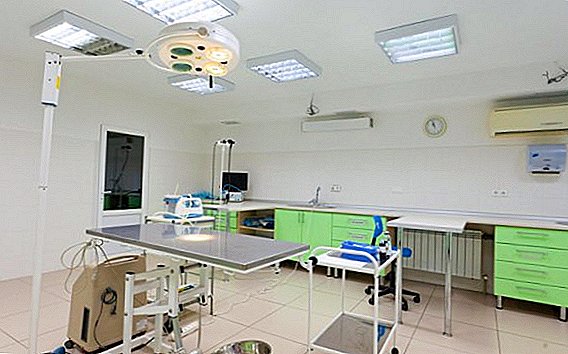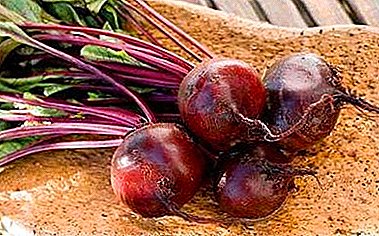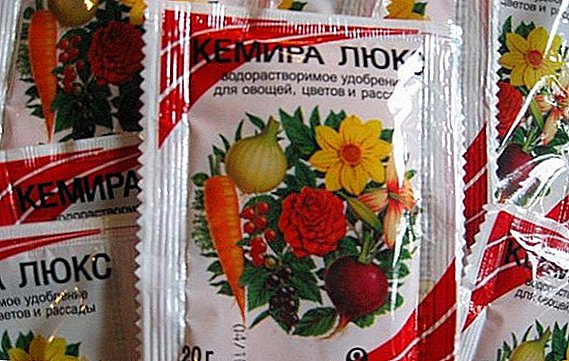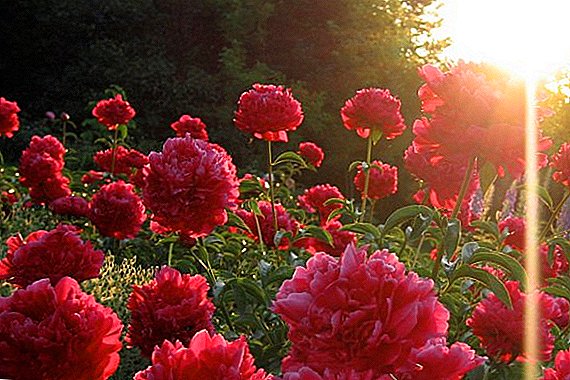 Peonies, in comparison with other decorative garden flowers, are considered quite resistant to diseases and pests. But they can also hurt. Those who are going to or are already planting these beautiful flowers, be sure to know what difficulties may arise and how to overcome them. The main problems are the diseases of pions and their damage by pests. Each case has its own distinctive features and methods of struggle.
Peonies, in comparison with other decorative garden flowers, are considered quite resistant to diseases and pests. But they can also hurt. Those who are going to or are already planting these beautiful flowers, be sure to know what difficulties may arise and how to overcome them. The main problems are the diseases of pions and their damage by pests. Each case has its own distinctive features and methods of struggle.
Did you know? When it rains, peony flowers fold their petals so that a set forms over the stamens. At night, the flower closes to protect its pollen.
How to deal with pions pests
Not many pests affect peonies. But still they are, and it is necessary to fight them, since the harm they cause can ruin both the decorative effect and the life of the flower.
Gall nematodes
Gallic (root) nematodes settle and damage the root system of pions. These are worms that cause knotty swelling of the roots. After the collapse of such blistering nematodes go into the soil and penetrate into the roots of another plant. Plants whose roots damage gall nematodes die. To avoid contamination of a large number of plants, the bush of peonies affected by nematodes must be removed from the plantation and burned. And the soil where he grew up, must be disinfected.
Butterfly Caterpillars
 Another pest infesting peonies is the butterfly caterpillar scoop. These insects gnaw the plant buds.. Appear on shrubs flowers that grow in shade or partial shade.
Another pest infesting peonies is the butterfly caterpillar scoop. These insects gnaw the plant buds.. Appear on shrubs flowers that grow in shade or partial shade.
To protect the flower garden from these caterpillars, need to destroy weeds, especially flowering. This deprives the nectar butterflies-scoop that they feed on and depletes them.
Turf ant
A sod ant infects peony buds, eats flower petals. Also, he likes the selection of buds. The insect violates the appearance of the flower with its vital activity.
In a sod ant, an elongated body (4-7 mm long) is red-yellow in color. They live in the soil and form nests in the form of mounds.
To get rid of sod ant, you need to spray the plant with a 0.1-0.2% solution of Karbofos, water the nest with it. Also, the nest can be sprayed with an insecticidal solution and covered with earth.
Did you know? If a strongly blossoming peony is lowered for 10 minutes into hot water, and then into cold water, the flower will close.
Bronze beetles
 Bronze beetles very often infect peony flowers. These pests are clearly visible if they appear on the plant. Beetles feed on petals, pistils and stamens of flowers. They are attracted to the light shades of the flower and strong smell.
Bronze beetles very often infect peony flowers. These pests are clearly visible if they appear on the plant. Beetles feed on petals, pistils and stamens of flowers. They are attracted to the light shades of the flower and strong smell.
Bronze beetles inhabit and multiply in manure-rich soils and plant debris. To combat them plant need to spray the extract of hellebore or drug against insects.
Aphid
Aphid - small bugs green. They accumulate around the flower buds, on the tops of the shoots. If the plant is severely affected by aphids, it noticeably weakens, because the aphid absorbs all juices.
If the plant is slightly affected, pests can be assembled by hand, flush with water. Treatment with soapy water may also be effective.
With a large number of aphids, peonies need to be treated with a systemic insecticide - "Aktellikom", "Fitoverm". Also plants affected by aphids are treated with iron sulfate, "Karbofos", "Chlorophos".
Tonkopryad hop
 Tonkopryad hop develops from spring to August. In the initial stage of development (in the form of a caterpillar), this pest nibbles the roots. Externally, the caterpillar is yellow with black hairs, has a brown head.
Tonkopryad hop develops from spring to August. In the initial stage of development (in the form of a caterpillar), this pest nibbles the roots. Externally, the caterpillar is yellow with black hairs, has a brown head.
Female and male of different colors. The front fenders of the male are silver-greenish from above and turn into black. In the female, the wings from above are yellow, and below - gray. Laying eggs on the fly on the fly. Pupation occurs in the soil in a light cocoon.
A peony damaged by a fine hop series develops slowly. Therefore worth prevent damage by this pest by loosening the soil and destroying weeds.
Thrips
During the growing season can often be found thrips on peonies. They are especially harmful during the budding period, as they suck the sap from the petals.
The thrips are very small, and the traces of eating the petals from them are visually imperceptible. They can overwinter under the soil, so to combat them You need to apply a 0.2% solution of "karbofos", tincture of yarrow or dandelion. Periodically it is necessary to process pions with these means.
Rapeseed flower eater
 Rapeseed flower beetle - a small bug of dark blue color. Its larvae and adults damage the stamens and pistils of peonies. You can fight it by spraying a bush with an extract of hellebore and preparations for fighting insects.
Rapeseed flower beetle - a small bug of dark blue color. Its larvae and adults damage the stamens and pistils of peonies. You can fight it by spraying a bush with an extract of hellebore and preparations for fighting insects.
The main diseases of pions, methods of their treatment
Diseases of peonies are divided into viral and fungal. Any of them significantly affect the decorativeness of the flower and its vital activity. For many of the symptoms of the disease are similar, and often only specialists can correctly identify them.
More common fungal diseases peonies. But there are cases viral diseases. In addition, it was observed that pions can simultaneously be affected by both pathogens of pathologies. Gardeners need to protect the plant from disease throughout the summer season and take action immediately if there is any trouble.
Important! When planting pions need to pay attention to the depth of the stem. The buds of the plant must be buried no more than 3-5 cm, otherwise the peony will not bloom.
Brown spot
 This disease has a second name - kladosporiosis. When it infects peonies, the leaves of the plant become covered with shapeless brown spots, which gradually seize the entire surface. From the side it looks as if the leaves are burned. With high humidity on the inner side of the leaves are visible dark gray clusters - spores of the fungus that causes this disease.
This disease has a second name - kladosporiosis. When it infects peonies, the leaves of the plant become covered with shapeless brown spots, which gradually seize the entire surface. From the side it looks as if the leaves are burned. With high humidity on the inner side of the leaves are visible dark gray clusters - spores of the fungus that causes this disease.
The disease usually affects the plant in early spring and in June. Not only leaves are infected, but also buds and peony stems. Spores of the fungus-causative agent of cladosporia overwinter on the cut leaves of the plant.
Root decay
When transplanting, it is sometimes found that the root system of the pion is affected by rot. The roots affected by decay turn brown and die.
A whitish, pinkish or grayish bloom appears on the surface of infected roots at high humidity. The infection can be picked up from contaminated soil, as well as during planting with a sore rhizome.
Measures to combat this type of rot include disinfecting the roots before planting in a 1% solution of copper sulfate. When dividing the bushes rotten roots need to be cut, leaving only healthy tissue. Place the slices wipe with crushed charcoal.
Ring spots
 Ring spots - peony viral disease. The disease manifests itself rings and half rings of different colors on the leaves. They can merge, turning into spots on the leaves of peony bright yellow, greenish yellow or light green.
Ring spots - peony viral disease. The disease manifests itself rings and half rings of different colors on the leaves. They can merge, turning into spots on the leaves of peony bright yellow, greenish yellow or light green.
Sick plants do not grow well, the buds on them may not bloom.
The peddler of the virus are cycad and aphids. To overcome ring spots, diseased bushes are removed and burned, they carry out the fight against insect pests.
Mealy dew
This disease affects peonies in summer. In the upper part of the leaves of the plant appears a rare patina.
To overcome powdery mildew, you need to spray the plant at the first sign with a solution of soapy water with soda ash.
Fortunately, powdery mildew infrequently affects peonies and does not bring much harm.


